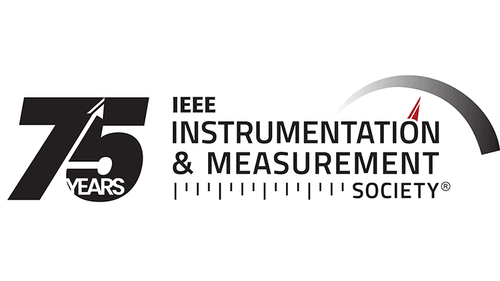Session Synopsis
With continuous advancements in technology, the capabilities for data collection, distribution,
storage, and processing have significantly improved. This has led to an increasing use of sensors in multiple disciplines to enhance problem-solving capabilities and intelligent decision-making. Using low-power resource-constrained computation devices, near- and in-sensor computation has emergedas an alternative approach to traditional cloud computing architectures. By processing and analyzing data closer to the source, near- and in-sensor computation offers faster data throughput, reducedor even zero bandwidth requirements, enhanced data privacy,security, and the potential for autonomous operation.
The integration of near-sensor computation with intelligent algorithms, such as machine learning
(including deep learning), pattern recognition, fuzzy and rule-based models, has further improved the potential of these systems in different applications. By embedding intelligence directly at or near the sensing device, practical problems have been tackled in areas of human activity recognition, smart agriculture, structural health monitoring, personalized health management, and many others. This special session will explore theoretical and practical advancements in near-sensor computation,
emphasizing innovative applications and technical breakthroughs. The session will focus on the following areas (but not limited to):
- Design, development, optimization and deployment of intelligent lightweight algorithms in resource-constrained devices (MCUs, FPGAs, etc.).
- Novel real-world applications of near-sensor computation in diverse fields.
- Software tools for facilitating the development and deployment of resource-constrained devices.
- On-device training/learning.
- The integration of near- and in-sensor computing into other technologies (edge computing, IoT, embedded systems, etc.).
- Challenges and future directions in near- and in-sensor computation.


